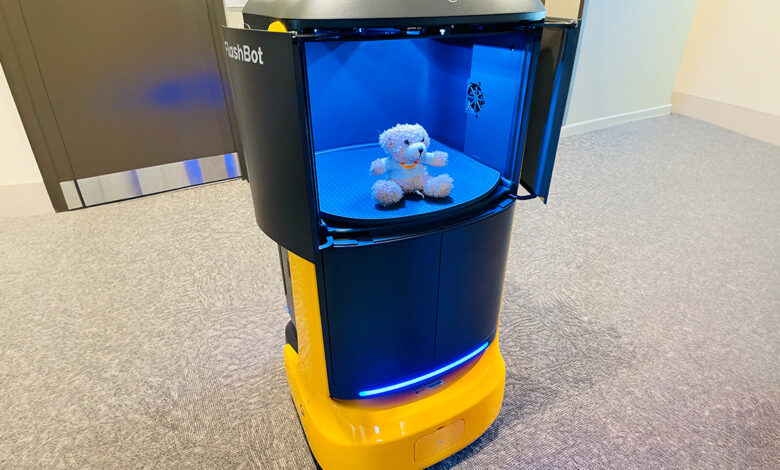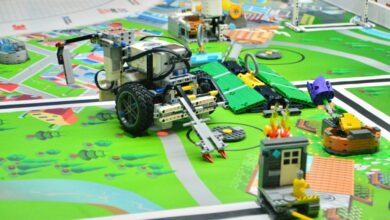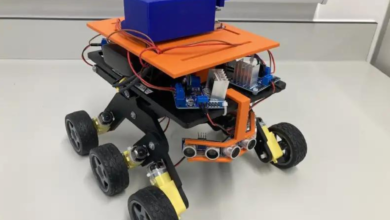Creating the blueprint for introducing AI and robotics to business: A hospitality perspective

There is no small amount of fearmongering around AI, with much of the worry centring on whether it will replace humans and their livelihoods and how fast. In fact, the World Economic Forum has found that while 85 million jobs will be displaced by AI by the mid-2020s, 97 million jobs will be created across 26 countries.
This calculation is borne out by our experience across the Sudima Hotels group, where the addition of robots has helped to make improvements in some roles but replaced none and increased productivity across the group by between 10% and 15% over 18 months.
In many ways, the hospitality and accommodation industry is the optimal proving ground for artificial intelligence and robotics. Having experimented successfully with robots and AI in a busy customer-facing company with more than 650 staff and two virtual assistants, and with plenty more integration to go, we have garnered some important lessons about how to introduce the new wave of technology while protecting irreplaceable human talent:
1. Robots create efficiency and improve productivity, but they don’t replace people.
It struck us that housekeeping was the first major department to which we could introduce robots, and we bought our first robot to go into Sudima Auckland Airport in 2022.
Now we have our first vacuum cleaning robot, which cleans all the public areas. There are staff responsible for this work, including a housekeeping manager. For the manager, the robot is now her 2IC, and for our staff member who role involves keeping public areas clean – who has been with the business for a long time – she is never going to be replaced by a robot.
If you ask our restaurant supervisor Ema, who has been with us for several years, about the machine we call Bella Bot, she’ll tell you how frequently children ask for photos with her and Bella and how she later surprises them by sending Bella to their room with a Sudima teddy or an ice cream (which travels so fast by ‘bot that it doesn’t melt). She’ll also mention that opening the restaurant at 4:30 am for early flight departures is now a breeze, and the buffet is set up 60% more quickly by Bella, who opens the kitchen doors and delivers the breakfast items in one trip.
2. AI is critical for competent management of labour pressures in a high-volume business. The labour supply issues that were affecting our industry have mostly fallen away, and labour inflation has decreased. During the period that people were able to command their own price when they walked through the door, turnover was high across the sector and we attracted some excellent talent.
We have now advanced our digital capability in this area and introduced a software system to handle expressions of interest and applications for roles. In 2023, we had 34,000 applications, and we have a current staff of 650+. In 2022, our AI recruitment tech helped us screen over 12,000 candidates for vacancies across our group. AI has reduced ‘time-to-hire’ and candidate ghosting, enabled quicker interview matching, added time for in-depth phone screening, improved accuracy with high-volume job postings, and enabled digital employment contracts, surveys, metrics, feedback and performance reviews, alerts and right-to-work monitoring.
For existing and incoming staff, robots are additions rather than replacements, which meant the ‘bots gained team buy-in from the start and were consistent with the innovation we are already known for. Almost all customers love the robots and for the odd person who doesn’t care for the whirls and light chirping noises, the team ensures they receive exclusively human service.
The feedback from the Sudima Auckland Airport restaurant team is that the robots give them more time to meet and chat to guests while the machines clear dirty plates and cutlery, and guests and staff alike have been fascinated by how the robot sensors make sure they don’t bump into random tables or small children – maintaining a sense of calm and order and ensuring things run like clockwork.
3. If what’s measured is managed, robots are ultra-manageable and rich in reportable data. A perennial struggle in business is how to measure the output of employees. There is no such difficulty with robots, which can be tracked as digital unit and also visually – within Sudima Auckland Airport, we are building a command centre with large TV screens which connect to the existing hotel camera network and the robot app so we can monitor all six robots as they move through the hotel and return to the central storeroom.
We can also track hotel stock and what is coming out of rooms to be managed by other departments. For example, when housekeeping staff are cleaning a room, the used linen and towels, glassware and rubbish all gets placed in the robot, which is sitting at the door, and it then tootles off down the hallway and back to central control. By the time they’ve finished the next room, it will be back to pick up those items. On average we are saving five hours per day in manual tasks, and by removing the tedious and time-consuming running back and forth that humans have typically done, we can free people up to do more productive work and expand their skill sets into other areas.
4. With productivity gains through the introduction of robots, more time can be reinvested in people and the growth of the business. To date we have seen an increase in productivity of up to 15% with our addition of robots and AI. This is helping our team to reduce time spent on more menial tasks and robots can also help people in their return to work from illness or injury. For example, a staff member who broke her arm was able to resume her role sooner because a robot could perform the tasks she could not.
There is no doubt that AI and robotics are here to stay. In 2023, the hospitality and tourism industry employed over 189,432 people and contributed $13.3 billion to our GDP, so there are huge possibilities if this kind of capability is expanded across this sector and the wider economy.



